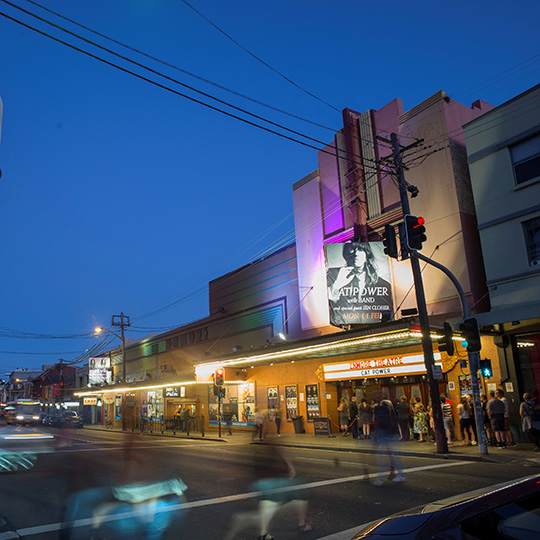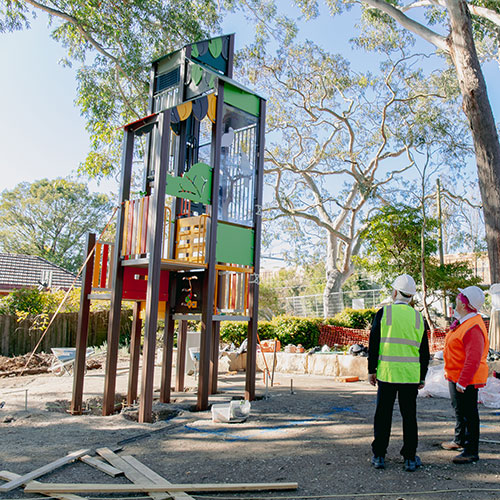Moments in history: the 1st Royal Australian Naval Bridging Train
For more than 100 years, reservists have served the ADF with courage, dedication and devotion to duty.
However, it was one group of naval reservists that first proved the concept of developing versatile and specialised reserve forces that laid the foundation for the century to come.
The 1st Royal Australian Naval Bridging Train (1st RANBT) was a reserve unit that, despite only being operational from 1915-1917, holds the distinction as the most highly decorated RAN unit of the Great War, with 20 awards for bravery or good service, for service at Gallipoli and Sinai.
The 1st RANBT was created in February 1915 to be a horse-drawn engineering unit. Dressed in Army khaki as opposed to naval blue, the unit was a land-based force envisioned to support the engineering efforts on the Western Front.
Comprised of RAN reservists without ocean-going billets, it deployed on the troop ship HMAT Port Macquarie on June 3, 1915, bound for England to receive specialised training.
However, the 1st RANBT never arrived. Instead it was diverted to Gallipoli to learn ‘on the job’ and ‘under fire’.
The unit served with distinction during the Gallipoli campaign, responsible for pontoon construction and wharf repair, all under constant attack from enemy artillery.
The 1st RANBT was responsible for maintaining the wharves during the allied retreat and were the last Australians to leave Suvla Bay on December 20, 1915.
Following their exemplary service during the Gallipoli campaign, the unit continued to serve throughout the Mediterranean, Egypt and the Sinai.
The unit, which had remained at about 300 in strength across its service, was constantly looking for reinforcements from home, as serving members would transfer to the regular Australian Imperial Force, as they felt a sense of duty to contribute more to the war effort.
This spirit of ‘wanting to do more’ has motivated men and women in reserve service for more than a century.
Current reservists, like those in the 1st RANBT before them, draw on experience from their civilian jobs to provide the ADF with the specialised skills and knowledge it requires to continue protecting Australia and its interests.
Likewise, reservists receive an advantage from the training and experience offered by Defence service, which allows them to excel in their civilian roles.
By maximising use of reserve personnel in specialised positions, the RAN can take advantage of some of the most diligent and dedicated professionals across the nation in areas such as psychology, surgery, medical and legal professions.
Using reservists for these specialised roles ensures that reservists continue to practise their professions in civilian life, developing skills that can be used to support Defence needs.
This mutually beneficial trade supports the ADF to be a future-focused force with the capabilities required to address identified threats, while being enabled to deal with lower-level contingencies and crises.
While the 1st RANBT was disbanded in 1917, its power and impact echoes today.
When the industrial age brought the new concept of ‘trench warfare’ to life in the Great War, the 1st RANBT was an innovative and modern approach to providing naval expertise and support to land forces.
One hundred years later, as the world enters the technological age, it is an opportunity to examine the role Australia’s services can play working in partnership.
The example the 1st RANBT set by supporting the Australian Imperial Force demonstrated the concept of cooperation and the notion of a fully integrated force.
This remains a priority as the ADF moves beyond air, land and sea and prepares for the evolution to five domains – maritime, land, air, space and cyber.







